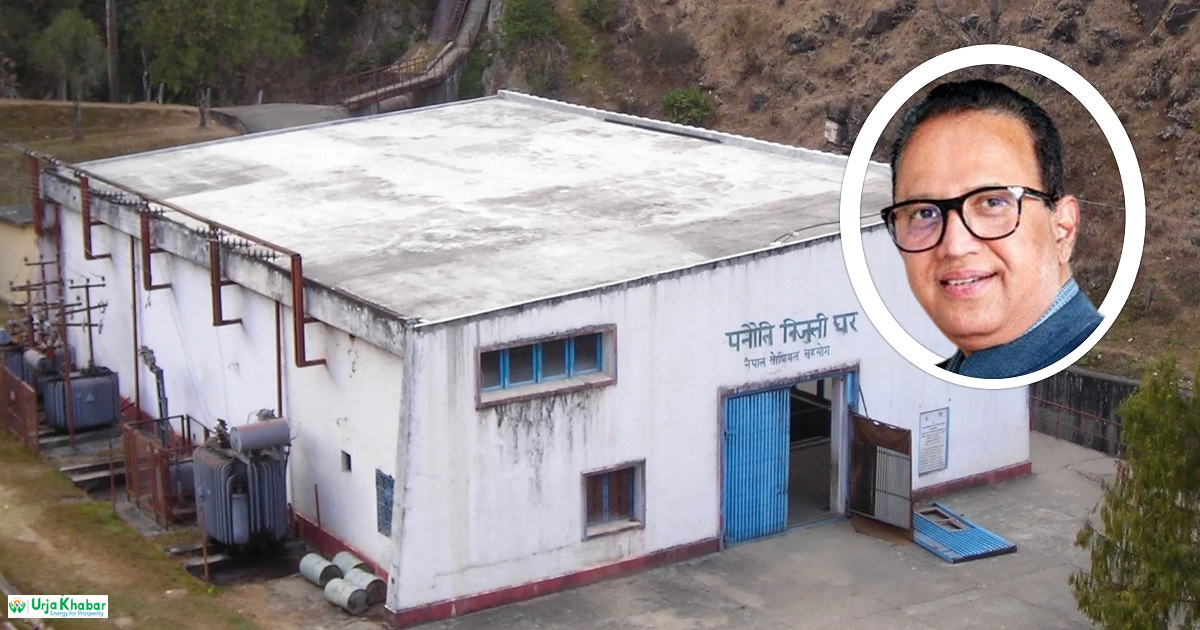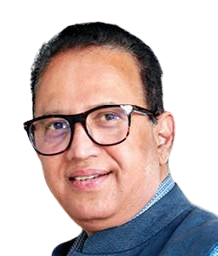
Diplomatic relations between Nepal and the Soviet Union were established on July 20, 1956. Before dissolving the parliament on December 15, 1960, and starting direct rule through a one-party Panchayat system, King Mahendra Bir Bikram Shah undertook state visits to several countries. One of these state visits was to the Soviet Union, which lasted almost a month. After observing the Soviet leadership's autocratic governance, King Mahendra likely developed a similar ambition for absolute rule.
The state visit by the royal couple, invited by Chairman of the Supreme Soviet, Kliment Voroshilov, began on June 4, 1958, and lasted for 28 days. The Soviet leadership placed such importance on the visit that a Russian song called "Koroleva Nepala" (Queen of Nepal) praising Queen Ratna's beauty and grace remained popular for a long time. During the Cold War, which was polarizing the world, even impoverished and powerless countries like Nepal were able to gain recognition and respect from the major power blocs.

The impact of the royal couple's visit to the Soviet Union was felt in Nepal for a long time. During this visit, agreements were made between the Soviet Union and Nepal regarding economic and cultural cooperation. As part of these agreements, the Soviet government constructed the Dhalkebar-Pathlaiya (108 KM) section of the East-West Highway, a project that was highly ambitious for King Mahendra. The Russian jeeps brought in for the highway construction became well-known and continued to drive on Nepali roads for many years.
I have personally seen the "UAZ" jeep, manufactured at the Ulyanovsk factory in Russia, being used for jungle safaris in Chitwan. The massive Belarus tractors were also seen in the fields and farmlands of the Terai and Chure regions. The direct involvement of donor countries in major national construction projects provided unforgettable experiences for Nepali society at that time.

I find it surprising to see such cooperation between the king's regime, which banned communist parties, and the Soviet rulers, who sought to include communist countries in their bloc. This cooperation was generous and wholehearted. By the late 1950s, communist countries had already started to divide into Soviet and Chinese camps. The Soviet Union may have tried to win over non-communist Nepal to keep it from falling under the influence of neighboring China.
During the Cold War era, when Nepal sought to align itself closer to development-oriented nations, it faced a significant moment. King Mahendra recognized opportunities for Nepal to benefit from competition among global superpowers. In 1958, the Soviet government announced the construction of the 'Kanti Bal Hospital' with 50 beds, completed by January 1963 and later handed over. King Mahendra himself inaugurated the hospital. To this day, it remains the only government-funded children's hospital in Nepal. This underscores the critical importance of the hospital's establishment during that time.
On April 24, 1959, an agreement was signed between the Soviet Unionand Nepal for economic cooperation amounting to 30 million rubles. This substantial amount was designated for the expansion of the East-West Highway, the construction of the 'Janakpur Cigarette Factory', the Birgunj Sugar Mill, and a hydropower project. This agreement was a testament to the significant financial support provided by the Soviet Union at the time. In response to King Mahendra's invitation, from February 1 to 5, 1960, Soviet Premier Clement Voroshilov, along with a large delegation, visited Nepal. King Mahendra's successful foreign diplomacy included receiving support from the Soviet Union, which facilitated the Panauti Hydropower Project. Here's a brief summary:
Construction commenced and completed
On October 22, 1965, King Mahendra inaugurated the Panauti Hydropower Project with the presence of Soviet Energy and Power Supply Minister Pyotr Neprozhny. Engineers whohad completed their engineering studies in Russia, including Dr. Hariman Shrestha, were involved in the project construction. He had also researched Nepal's hydropower production potential, estimating it
at 83,000 MW.
After diverting water from Roshikhola for local drinking water supply, the electricity generation has decreased. The project, initiated in B.S. 2017 and located in Ward No. 12 of Panauti Municipality at Khopasi, began generating electricity from Asadh 31, 2022. Following Pharping and Sundarijal, this marks the third hydropower plant in the country.
Current situation
Panauti hydropower plant, boasting a history spanning approximately six decades, had three units generating 800 KW of electricity. Due to water scarcity, only one unit, producing 750 KW, operates using a machine. Around 10,000 hectares of land near the Khopasi source are used for potato farming, with irrigation carried out using water diversion. Operations like mining with crushers around the origin of the stream have led to siltation in the stream, which has contributed to a decrease in generation.
In recent years, soil discharged from mining directly into the streambed has caused the reservoir to silt up and fill with sediment within a year. The upper reaches of the hydropower plant are affected by residents who dump garbage into the stream, polluting the lake pound. Genereted electricity from here is linked to transmission lines 20 KM away in Bhaktapur.
Research Center
Panauti has been designated as a center for research, study, and analysis, following a 10-year memorandum signed between Kathmandu University (KU) and the Nepal Electricity Authority (NEA) on Jestha 10, 2075 BS. This agreement allows for a possible extension of the deadline by three months upon mutual consent. KU students can conduct studies in the relevant fields here, while students from other universities need to obtain a recommendation letter to visit.
The agreement between the NEA and the KU outlines that the power plant, owned by the university, will be used for conducting educational programs and training in subjects such as civil, mechanical, electrical, and hydroelectric engineering at undergraduate, graduate, and doctoral levels. Both the authority and the university will jointly use knowledge and expertise for mutual benefit through workshops, conferences, and other educational programs. The authority will receive 10% of the profits generated from such activities if they prove profitable.
The KU has an agreement to utilize the power plant and land owned by the university for conducting educational programs and training in subjects such as civil, mechanical, electrical, and hydropower engineering at undergraduate, graduate, and doctoral levels. Both the NEA and the KU will jointly use knowledge and resources for organizing workshops, conferences, and other programs. If these activities generate profits, the NEA will receive 10% of the proceeds as per the arrangement.
Silent Features
Project Location: Kavrepalanchok
Project Type: Run-of-River (RoR)
Source: Roshikhola
Capacity: 2.4 MW
Annual Energy: 6.97 GWh (6,970,000 units)
Total Cost: NPR 27 million
Gross Head: 66 meters
Net Head: 60 meters
Canal Length: 3.72 kilometers
Penstock Pipe: 1.4 meters diameter, 370 meters length
Turbines: 3 units of Horizontal Francis type
Generators: 1000 kVA each
Power Transformer: 1550 kVA
Voltage: 6.3 kV
Transmission Line: 33 kV Single Circuit (20 KM)
Power Factor: 0.80
Design Discharge: 1.6 cubic meters per second (cumecs)
Annual Average Flow: 3.2 cumecs
Water Storage Capacity: 50
This article on the history of hydropower production in Nepal has been taken from the bi-annual magazine 'Urja Khabar' published in the month of Ashar, 2081.
